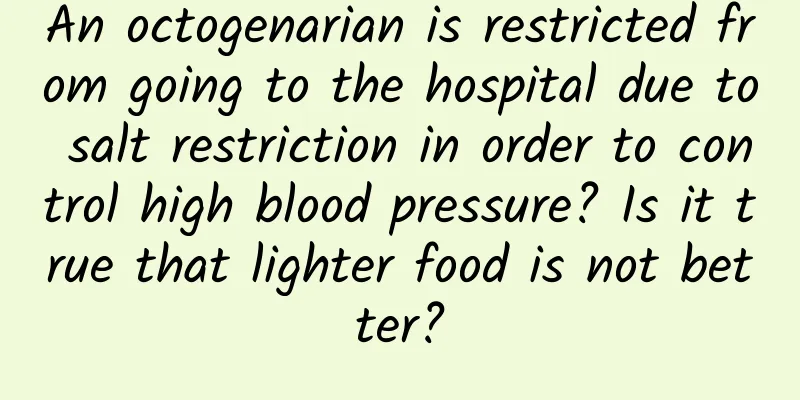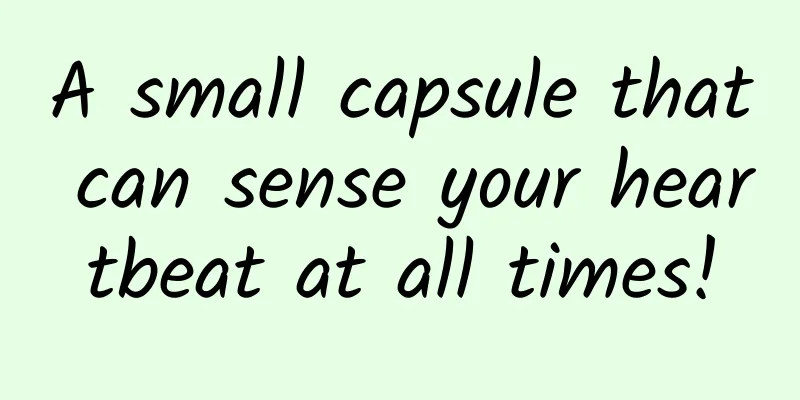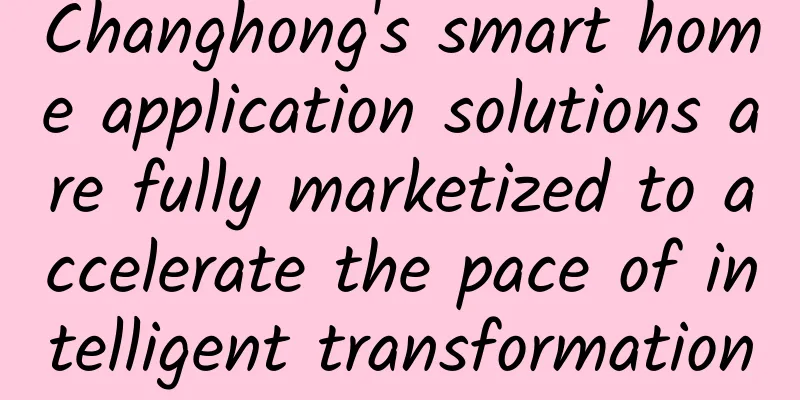iOS 17.0.1 battery life test results are out, and it crashes again!

|
A few days after the official release of iOS 17, Apple immediately released the official version of iOS 17.0.1. This version mainly fixes three security vulnerabilities and further improves system stability. It does not bring any new features. Many users who have already upgraded to the official version of iOS 17 are recommended to upgrade. According to feedback from users who have upgraded to iOS 17, the battery life and smoothness of the iPhone 14 series have been improved after the upgrade, so they are more worried about the battery life performance of upgrading to the official version of iOS 17.0.1. Now, foreign blogger @iAppleBytes has brought the battery life scores of various machines after upgrading to the official version of iOS 17.0.1. The blogger still found five iPhone models, namely iPhone SE 2020, iPhone XR, iPhone 11, iPhone 12, and iPhone 13. Unfortunately, there is still no iPhone 14. It should be noted that iAppleBytes does not simulate daily use for testing, but uses the battery test function provided by the GeekBench tool to compare the running scores and automatic shutdown time of five iPhones after upgrading to the iOS 17.0.1 system. Before the test, the screen brightness of each phone was adjusted to 25%, and the automatic brightness adjustment function was turned off (maintaining the same settings as when testing previous iOS versions). The time it took for each iPhone to run GeekBench from full power until it automatically shut down is as follows: Judging from the test results, except for the iPhone XR model, which has improved battery life, the upgrades to other models are similar to the official version of iOS 17. Compared with iOS 16, the battery life of the system is still poor. Therefore, users who care more about battery life are advised not to upgrade to iOS 17 easily. However, iPhone 14 series users have relatively good feedback on the official version of iOS 17, and it is a model that was just released last year. Therefore, if you like the features, you can still upgrade. This is just a battery life test using GeekBench4, which does not conform to the actual usage scenarios of users. It is for reference only. Moreover, battery life has always been a mystery. Each user uses the phone differently, so there will be deviations. Have you upgraded to iOS 17.0.1? You can share your upgrade experience in the comments section. In addition, this year's iPhone 15 series has switched to the USB-C interface, but the two basic versions of iPhone 15 and iPhone 15 Plus only have USB 2.0 speeds, and only the Pro has USB 3. What is surprising is that after the interface change, the entire iPhone 15 series does not impose any restrictions on cables and accessories. In other words, non-MFi certified charging accessories can also be used normally. However, a blogger recently discovered in actual testing that the iPhone 15 cannot be charged with a Huawei charger, while other brands of chargers and charging cables (such as Xiaomi, Samsung, OPPO, OnePlus, etc.) can be used normally. Once the problem came out, it caused heated discussions among many netizens. Some analysts pointed out that this is because some of Huawei's chargers and charging cables do not support the Power Delivery (PD) fast charging protocol. Only chargers and C to C cables that support the PD protocol can charge the iPhone 15 series. The PD protocol is a charging protocol and a standard protocol developed by the USB-I organization. It is a fast charging technology based on the USB interface that can achieve a maximum power output of up to 100W and can provide a faster, more efficient and safer charging method for various devices. According to The Paper, both Apple and Huawei's official customer service said that it is recommended to use original charging equipment to charge mobile phones, because chargers with different charging specifications will damage battery life and bring safety risks. When asked whether the failure to charge or slow charging is related to the PD protocol, Apple said that there is no official statement on the protocol and it is recommended to use the original one. Huawei also said that it depends on the charging specifications of Apple devices. It is understood that not all Huawei chargers and charging cables do not support the PD protocol. Some netizens reported that they can charge the iPhone 15 series phones using Huawei's charging head with data cables of other brands. However, using a Huawei charging cable that does not support the PD protocol cannot charge the iPhone 15. Therefore, iPhone 15 users who plan to purchase third-party chargers are advised to choose those that support the PD protocol when purchasing fast charging cables, and do not choose high-imitation or counterfeit charging heads that do not have the national 3C safety certification, as this will bring safety risks. |
>>: Apple releases iOS 17.0.2 official version again
Recommend
IQIYI Universal Broadcast Baidu Netdisk Download Unlimited Speed _Taoduoduo
Everyone knows that iQiyi and Baidu are actually ...
Apple recognizes Android's status Cook: Google has a dominant operating system in the world
Who is the world's number one mobile phone sy...
Kugou million traffic project practice
When I work on growth for a project, it is like a...
Digital Society Index: Building the Future in 2018
The Digital Society Index, a report from digital ...
ASO optimization experience: Tips for APP keyword optimization
When you’re developing your first product, you ma...
B station product analysis!
At the just-concluded 9th China Internet Audiovis...
How to acquire seed users without money or resources?
When a new product is just starting to operate, I...
Evergrande formally sued Jia Yueting, saying that Jia Yueting forcibly drove out the cashier and refused financial review
On November 7, Evergrande Health stated that it h...
Toutiao officially launches CPA (cost-per-acquisition) model
The conversion cost is sometimes high and sometim...
The logic behind internet celebrity brand marketing success!
The popular Wang Baobao is at the center of the n...
Photography, beauty, which advertising materials are timeless and creative?
I wonder if you often receive such advertising co...
This “sugar and oil mixture” makes you fatter than drinking oil. Why can’t you stop eating it once you start?
Crispy on the outside and tender on the inside, g...
If you have an elderly person at home, should you get the COVID-19 vaccine or not? Experts answer your questions
Mr. Li, who lives in Shandong, has been strugglin...
A complete guide to operating and promoting Tik Tok!
Do you know how to use Tik Tok, which has huge tr...
Interpreting the “Ten Articles of WeChat”, what changes have they brought?
At present, instant messaging tools represented b...









